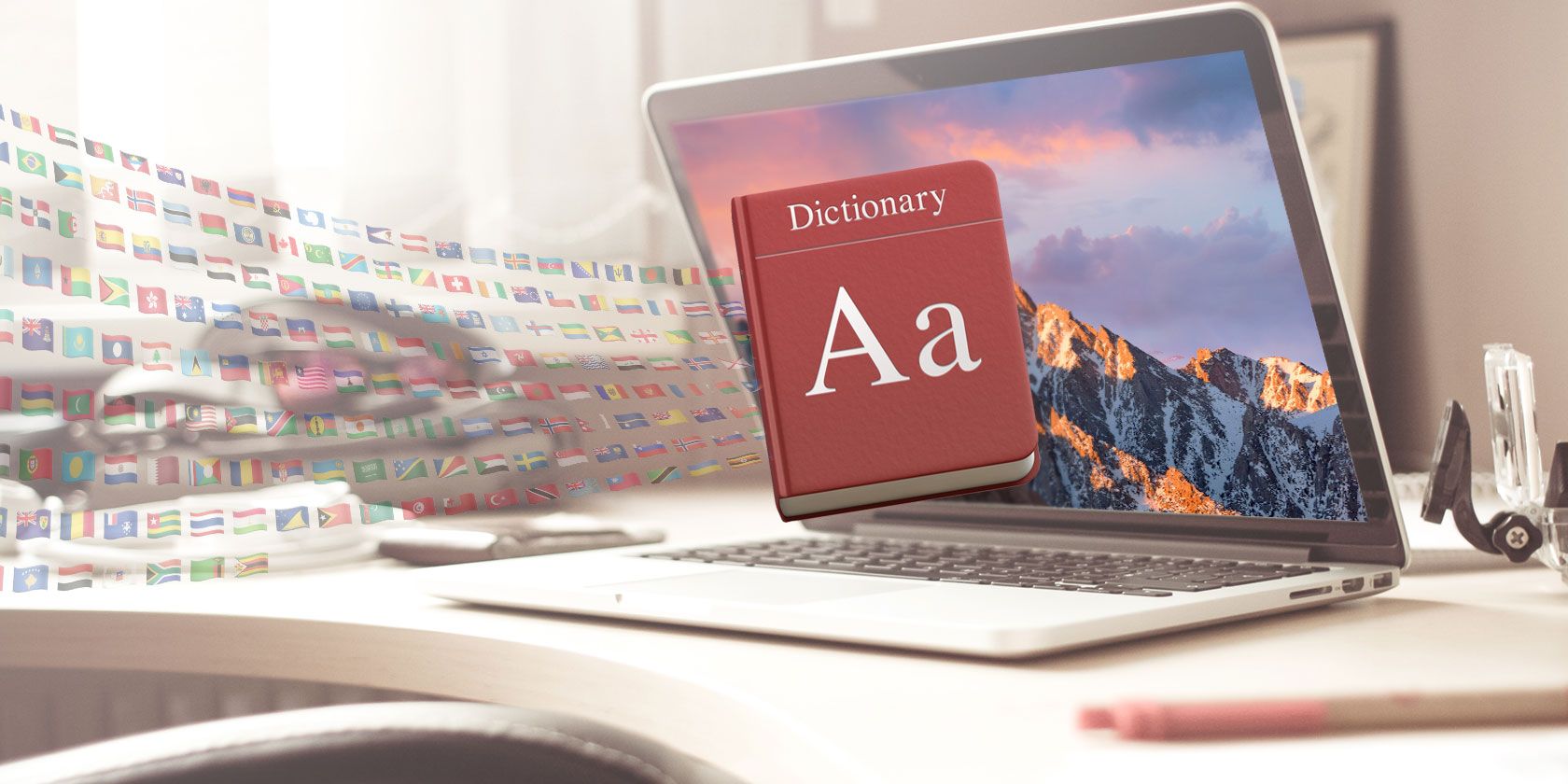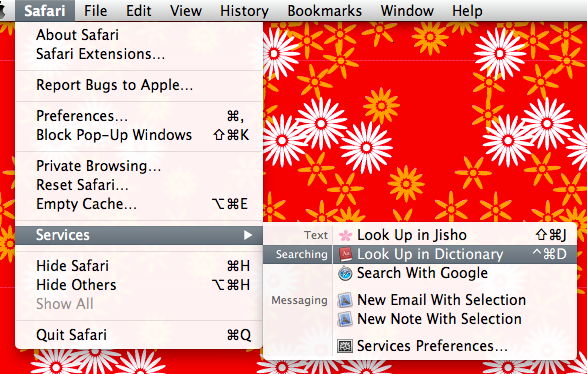


Performing the ConversionĬonvert the source dictionary (in this case Babylon BGL) to AppleDict: python3 pyglossary.pyw -read-options=resPath=OtherResources -write-format=AppleDict webster.bgl webster.xml Now everything is ready to do the actual conversion. Install lxml and BeautifulSoup, the parsers that pyglossary depends on: pip3 install lxml beautifulsoup4 Install Python 3 via homebrew (OS X comes with Python 2.x preinstalled): brew install python3Ĭheckout the pyglossary project: mkdir -p ~/projects Mount the DMG file by double-clicking it in Finder, and copy the folder Dictionary Development Kit to /Developer/Extras (as root) (or to ~/Developer/Extras as a normal user as pointed out by richard-möhn): mkdir -p ~/Developer/Extras/Ĭp -r '/Volumes/Additional Tools/Utilities/' ~/Developer/Extras Install the Auxiliary Tools for Xcode from - you'll need to login with your iCloud or Apple Developer account. Install Xcode command line tools: xcode-select -install Proceed as follows: Installing dependencies Once the AppleDict source XML is generated, the Apple Dictionary Development Kit is used to generate the native binary files that the Dictionary.app can use. To create a dictionary for the built-in OS X Dictionary.app you will first need pyglossary to convert to the AppleDict format from the input format which can be ABBYY Lingvo DSL, Babylon BGL, Stardict IFO, etc (see all supported formats). The answer below is for converting and installing third-party dictionaries from other popular formats. You will need to switch between keyboard layouts if you use this method, so often the first method is preferable as it gives a visual way of navigating all the characters and without the different keyboard layout problems.The latest MacOS versions already include Spanish dictionaries which can be enabled in preferences in the Dictionary.app ( ⌘+ ,). You can then enter any Unicode character by holding down the key and pressing the four-digit hexadecimal code: in the above case +F708. In most cases the character will just appear as a square, but when you click on it, you'll get the character under the 'Font Variation' section.Ĭlick on 'Insert' at the bottom and it will appear in the active program.Īlternatively, there is a keyboard 'Unicode Hex Input' under System Preferences > Language & Text > Input Sources (tab) Select this 'keyboard' from under the keyboard menu. The Private Use Area is tricky, because the characters are not standardised. F708 is under 0000E000 Private Use Area, then scroll down in the lower box to F700, and then your character will appear under 8.

You can then scroll down to the relevant section, e.g. The easiest is to change View: to 'Code Tables'. The Character Viewer organises the 100,000-odd characters now in Unicode in various ways. There will be a little flag depending on your keyboard set up - under that there is 'Character Viewer'. You launch the character viewer in the keyboard menu at the top of the screen. This is a useful tool which shows you all the characters available in all the fonts. On a Mac, open System Preferences > Language & Text > Input Sources (tab) mark the checkbox next to Keyboard & Character Viewer (at the top). Use the 'Character Map' to select, copy and paste characters. If you are having difficulty, try rebooting the system. This installs the fonts.įonts will be available the next time you open a program (close and reopen any running programs if you want to use the fonts). Mac: Open the folder Libarary > Fonts and drag the fonts into the folder. Alternatively, click on the menu File > Install New Font.

You should be able to drag the four font files into the folder, which will install them. Windows: Open the Control Panel and click on the fonts folder.


 0 kommentar(er)
0 kommentar(er)
